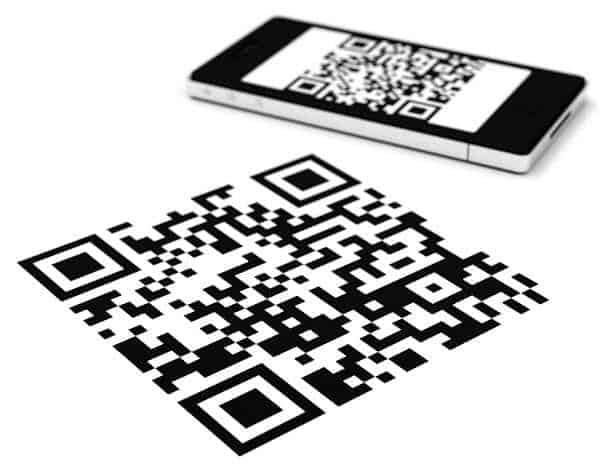This new method uses unique quick response code generation for verification offline.
Mobile security is rapidly becoming a concern, where few had paid much attention to it in the past, and QR codes are starting to rise to become quite commonplace among verification systems.
This is the case with a recent authentication technology being used by SecurEnvoy.
That firm is the inventor of a tokenless two-factor authentication system that has created a solution in response to the growing need for mobile security options to protect passwords, photos, personal data, and other sensitive information. Its most recent solutions, which include QR codes, will be showcased at the it-sa trade fair in Nuremberg, Germany.
This latest authentication system will employ cell phones as well as the generation of unique QR codes.
 The reason that SecurEnvoy has decided to take this route is that it feels that it is cumbersome to try to use two-factor authentication, so it has come up with a new method of using smartphones – devices people typically have with them at the majority of times – in order to smooth out the process as a whole. This new version of the system sends a text from SecurEnvoy to the email, text, voice call, or soft token app of the user to request the necessary authentication passcodes. It also adds an additional layer with One Swipe offline authentication.
The reason that SecurEnvoy has decided to take this route is that it feels that it is cumbersome to try to use two-factor authentication, so it has come up with a new method of using smartphones – devices people typically have with them at the majority of times – in order to smooth out the process as a whole. This new version of the system sends a text from SecurEnvoy to the email, text, voice call, or soft token app of the user to request the necessary authentication passcodes. It also adds an additional layer with One Swipe offline authentication.
Using the One Swipe method in order to verify identity means that a PIN is used and a unique QRcode is generated. Login is only possible when a correct combination of the barcode and the PIN are provided. Through the use of One Swipe, users are able to authenticate themselves within a network, regardless of whether or not their devices are connected to the internet.
When the soft token interface receives the PIN, the smartphone generates unique, single-use QR codes that can then be scanned by a webcam or other mobile device. That information is transmitted to provide evidence that the user is, indeed the employee who is authorized for access. The login process is then completed. SecurEnvoy sales and marketing director, Steve Watts, said that “Our tokenless two-factor authentication method combines something that the user knows, e.g. his/her PIN, and something that he/she possesses, such as a smartphone, tablet or laptop.”

